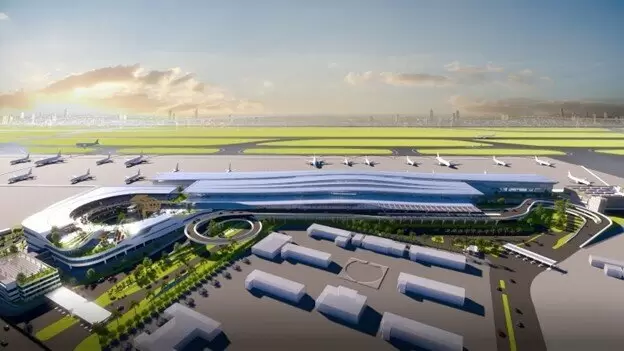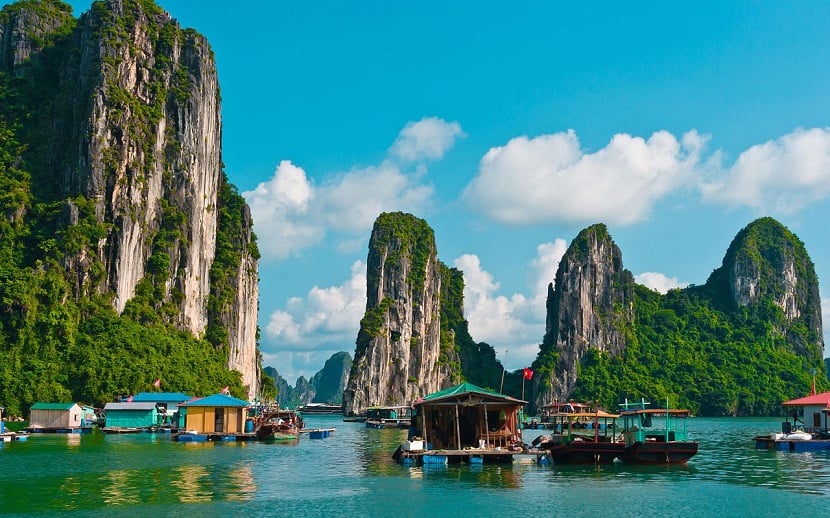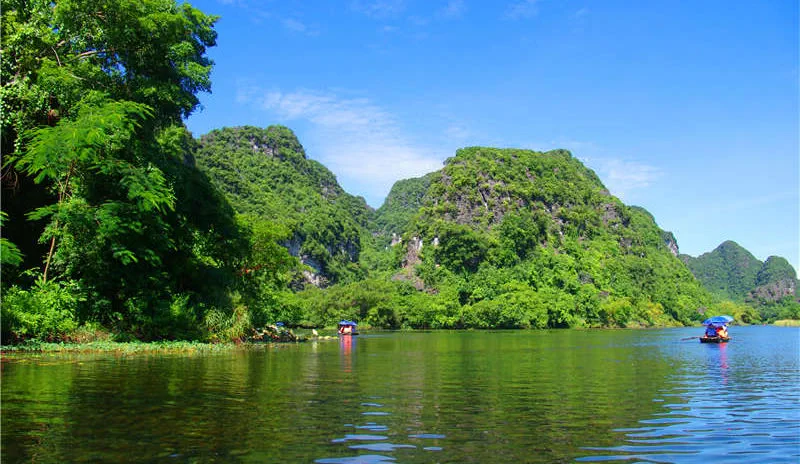Vietnam, a nation of vast contrasts and rich cultural diversity, beckons travelers with its stunning natural beauty and vibrant urban life. From the serene rice paddies and unspoiled beaches to the bustling modern cities and French colonial architecture, Vietnam offers an array of experiences to satisfy every traveler’s desires. Planning a trip to Vietnam may seem daunting, especially for first-time visitors, but with the right guidance, you can unlock the secrets of this Southeast Asian gem.
Best Time to Visit Vietnam
Vietnam’s climate varies significantly from north to south, with distinct seasons affecting different regions. In the north, including Hanoi and Halong Bay, the dry winter lasts from November to April, while the hot and humid summer extends from May to October. Central Vietnam, encompassing Danang and Nha Trang, experiences a climate influenced by both the north and south, with a wet season from September to January and a dry season from January to September. In the south, including Ho Chi Minh City and the Mekong Delta, there are four seasons: cool and dry (November to February), hot and dry (March to May), hot and wet (June to August), and cool and wet (September to early November). Overall, the best time to visit Vietnam is during the spring months of March to early May, when the weather is dry, warm, and sunny across the country.
How to Get to Vietnam

Vietnam is accessible via four main international airports: Tân Sơn Nhất International Airport (Ho Chi Minh City), Nội Bài International Airport (Hanoi), Da Nang International Airport (Da Nang), and Cam Ranh International Airport (Nha Trang). These airports receive numerous daily international flights, providing convenient access to different regions of the country. Before booking flights, travelers should consider the most suitable airport based on their itinerary and intended destinations within Vietnam.
Travel Requirements for Vietnam
Entry requirements for Vietnam vary depending on the traveler’s nationality. In general, visitors must possess a passport with at least six months validity and may require a visa for entry, exit, or transit through Vietnam. However, citizens of certain countries, including Russia, Japan, South Korea, Scandinavia, and ASEAN member countries, may be exempt from visa requirements for short stays. Travelers need to check the specific entry requirements applicable to their nationality and ensure compliance before departing for Vietnam.
Getting Around Vietnam
Exploring Vietnam is relatively easy, thanks to a variety of transportation options available to travelers. Most travel within the country occurs via roads, with air-conditioned tourist coaches and mini-vans connecting major cities and tourist destinations along Highway 1. Alternatively, travelers can opt for private transfers with chauffeur-driven cars for added comfort and flexibility. Train travel is also popular, offering safe and comfortable journeys between key destinations, although night travel may have limited amenities and comfort. For those with limited time, domestic flights provide a convenient and efficient way to cover long distances between major cities. Additionally, ferries operate on shorter crossings between neighboring islands, offering scenic and accessible transportation options for island-hopping adventures.
Inspiration, Highlights & Travel Tips for Vietnam

Vietnam offers a wealth of experiences and attractions to captivate travelers. From exploring the French architecture and vibrant culture of Hanoi to cruising through the majestic scenery of Ha Long Bay, there is something for everyone to enjoy. Other highlights include immersing oneself in the rural life of the Mekong Delta, discovering the natural beauty of the Con Dao archipelago, and marveling at the ancient temples and palaces in Hue and My Son. Travelers seeking relaxation can indulge in the pristine beaches of Nha Trang or the luxury resorts of Hoi An. For adventure enthusiasts, trekking in the mountainous region of Sapa or exploring the bustling streets of Ho Chi Minh City offers thrilling experiences. To make the most of your trip to Vietnam, consider these travel tips: immerse yourself in the local culture, savor the delicious cuisine, and embrace the warmth and hospitality of the Vietnamese people.
Suggested Itineraries for Vietnam
Crafting the perfect itinerary for Vietnam depends on individual preferences and time constraints. A two-week itinerary could include exploring the vibrant streets of Ho Chi Minh City and making a day trip to the Mekong Delta, followed by a visit to the Con Dao archipelago for relaxation. Central Vietnam offers opportunities to explore the coastal towns of Nha Trang and Da Nang, as well as the ancient cities of Hoi An and Hue. Finally, a visit to Hanoi, with excursions to Ha Long Bay and Sapa, provides a captivating glimpse into Vietnam’s rich history and natural beauty. Travelers with more time can extend their itinerary to include additional destinations and experiences, ensuring a truly unforgettable journey through Vietnam.
Recommended Luxury Hotels in Vietnam

Vietnam boasts a diverse range of luxury accommodations, from elegant city hotels to secluded beach resorts. Some highly recommended options include:
- The Reverie in Ho Chi Minh City
- Six Senses Con Dao in the Con Dao Archipelago
- Amanoi or Six Senses Ninh Van Bay in Nha Trang
- Four Seasons Resort The Nam Hai, InterContinental Danang Sun Peninsula Resort, or Banyan Tree Lang Co in Central Vietnam
- Sofitel Legend Metropole Hanoi in Hanoi
With its captivating blend of natural beauty, rich culture, and warm hospitality, Vietnam promises an unforgettable travel experience for every visitor. By planning your trip carefully and exploring the best that Vietnam has to offer, you can create lasting memories and discover the true essence of this enchanting Southeast Asian nation.

